Charitable giving not only has positive effects in our community, but it is also a popular tax deduction. Many choose to invest in donor-advised funds (DAFs) as a way to stretch their dollars for greater impact. The Food Bank is engaging with donors about DAF gifts, as well as partnering with #HalfMyDAF, an organization that is committing donors to spend half their DAFs and awarding $1.5 million in matching grants.
A donor-advised fund (DAF) is a charitable giving account through a financial institution designed to invest, grow, and give to charities. People donate into a DAF and recommend how those assets should be invested. Contributions are tax-deductible, and donors can then distribute all or part to a nonprofit whenever they want.
The benefit of a DAF is that money can earn interest, which increases the amount donors can give to charities over time. The drawback is that once a donor gives to a DAF and takes the tax deduction, people often forget – or do not know – how to release the funds. In fact, it is estimated that about $5 billion in charitable donations are locked up in DAF funds that could be released to help fund important work such as the Food Bank’s.
The #HalfMyDAF Challenge in Response to the COVID Crisis
#HalfMyDAF was founded by Jen and David Risher to help facilitate greater giving during the pandemic. Donors sign a pledge to give half their DAFs by September 30 to help sustain nonprofits – many of which, like the Food Bank, are taking on additional work to support those directly impacted by COVID.
“We want to inspire people to give and get their money put to work when that money is needed the most,” said Jen. “COVID has shifted everything, and nonprofits are having to do more with less. Donors may be thinking they might be saving for a rainy day. The pandemic is that rainy day, and now is the moment.”
Spending Down DAFs Now to Double Donors’ Impacts
On May 15, #HalfMyDAF will award $1.5 million in matching grants, including one $100,000 match, one $50,000 match, and many dollar-for-dollar matches of up to $10,000. So, spending down DAFs could potentially double a donor’s impact in the world.
“The silver lining of COVID is that it’s shining a light on the need in our communities,” said Jen. “When you can’t see it, you can’t make change. The pandemic has made it so clear, and the time to act is now to come together and create a real social safety net.”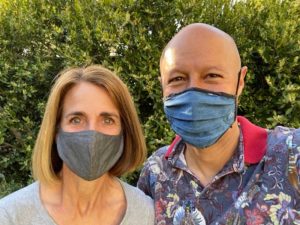
Make a DAF Grant & The Food Bank Could Receive $100K
The Food Bank is working with donors directly and partnering with #HalfMyDAF to potentially double the amount of food we can provide to the community. “#HalfMyDAF provides donors with the opportunity to express their philanthropic intent and the kind of impacts they want to have on the world,” said Kera Jewett, Director of Leadership Gifts at the Food Bank. “And when donors partner with #HalfMyDAF, they can potentially double their gift to the Food Bank.”
Do you have a donor-advised fund? If you make a DAF grant to the Food Bank and commit to spending down half the money in your DAF by September 30, we’ll be eligible to receive up to $100K in matching funds. Look for details at halfmydaf.com or contact Kera Jewett at kjewett@sfmfoodbank.org.


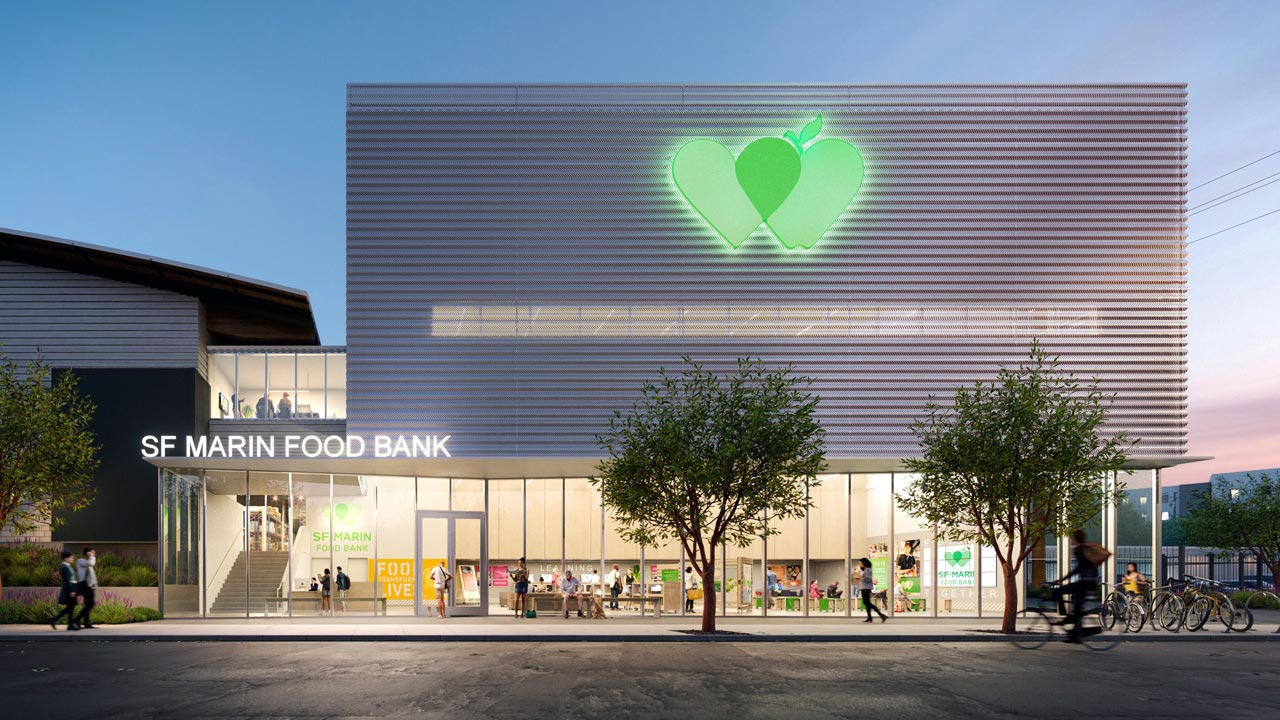
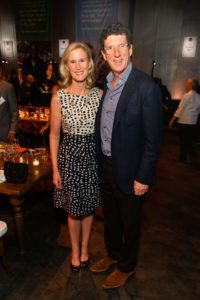
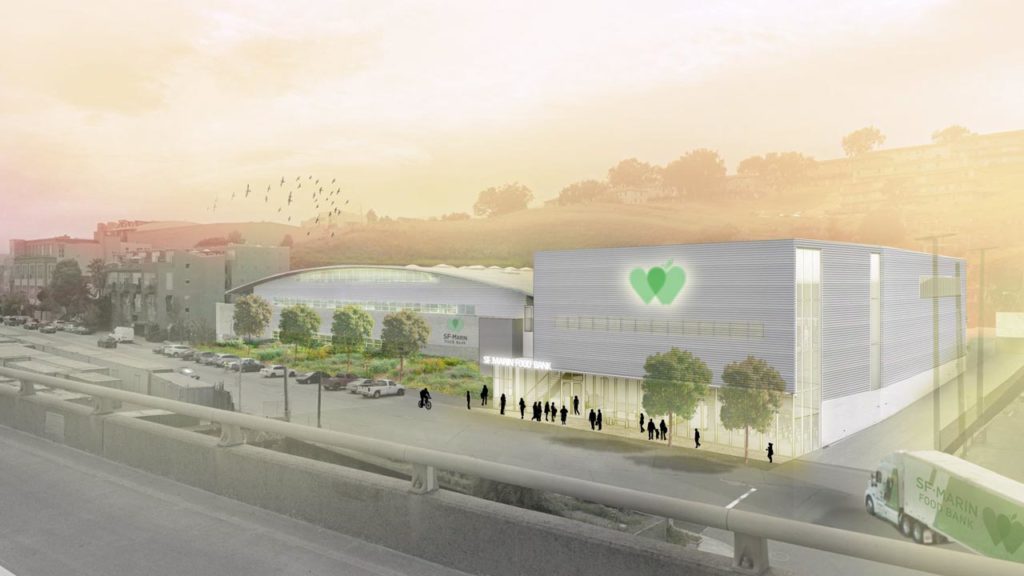

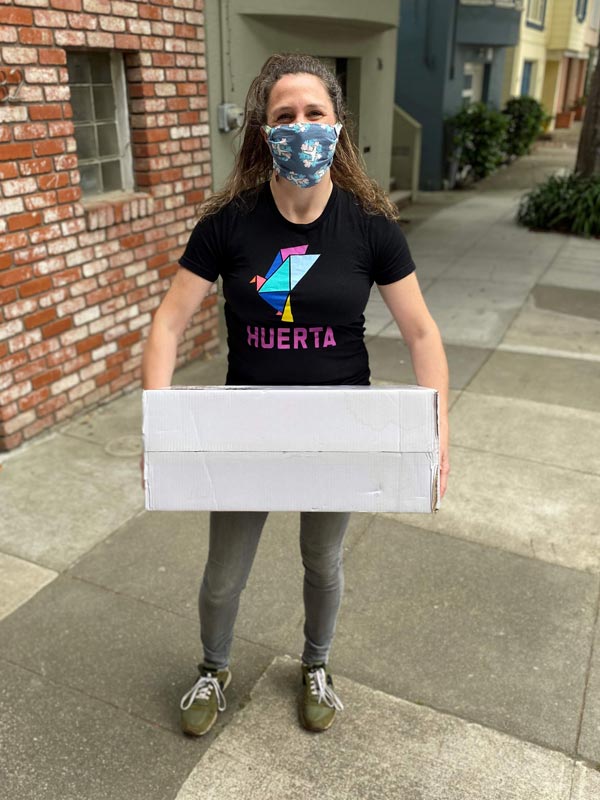
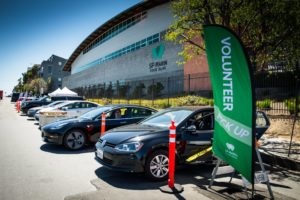
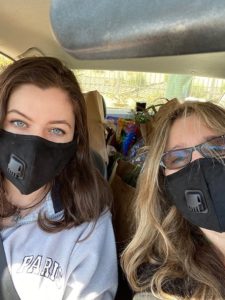
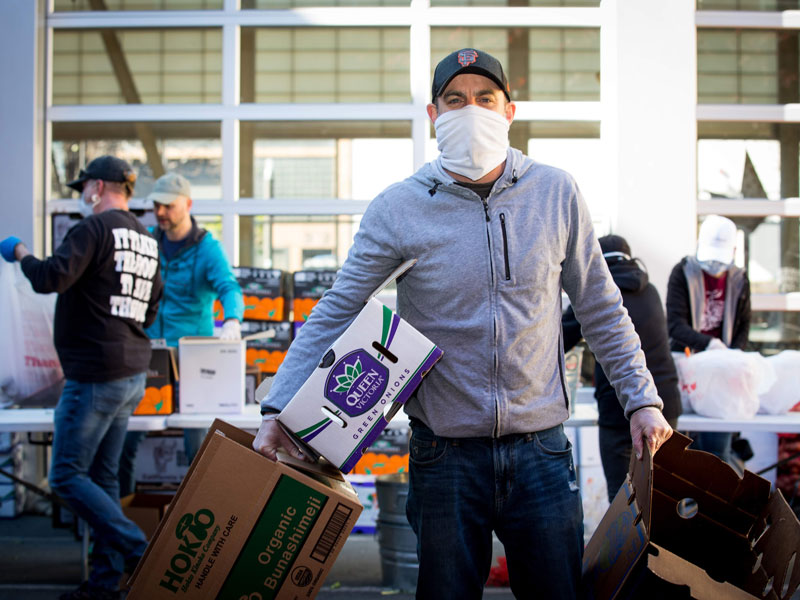
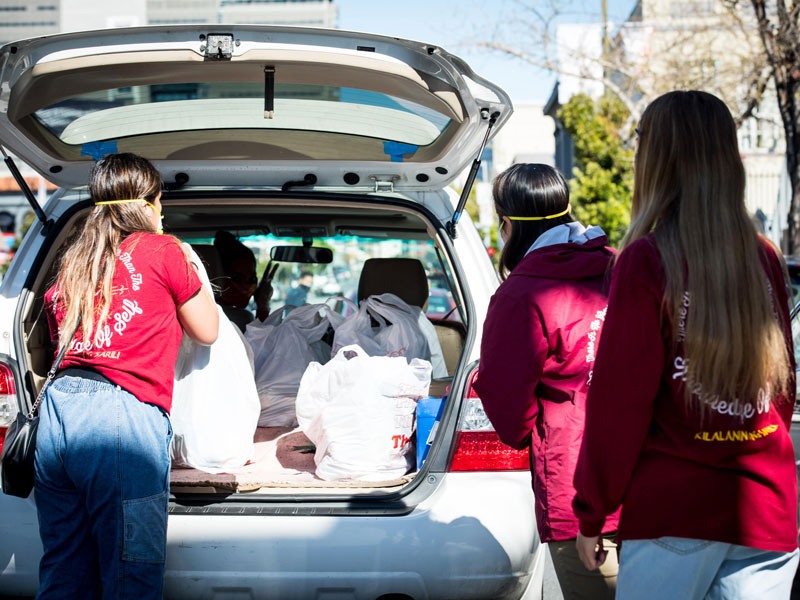
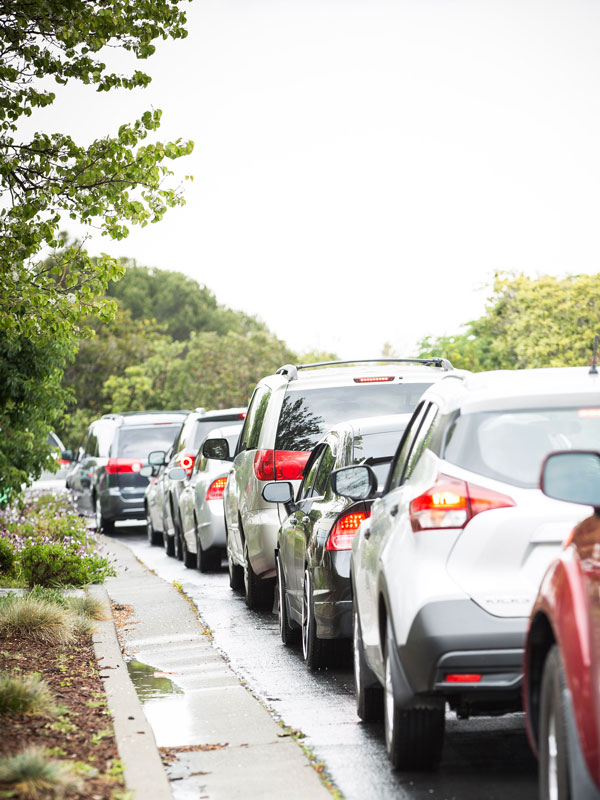
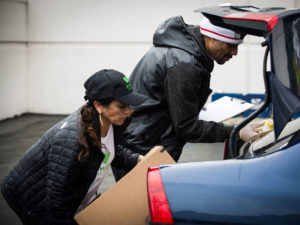
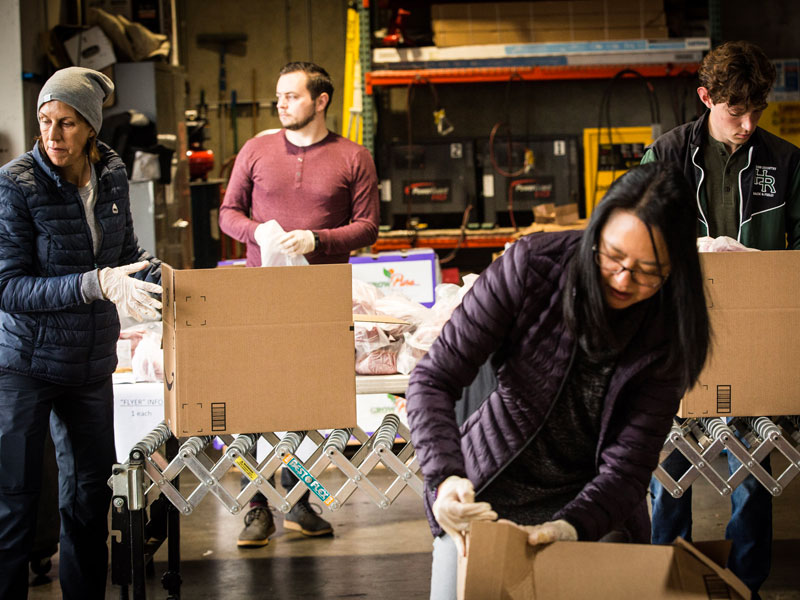
Share